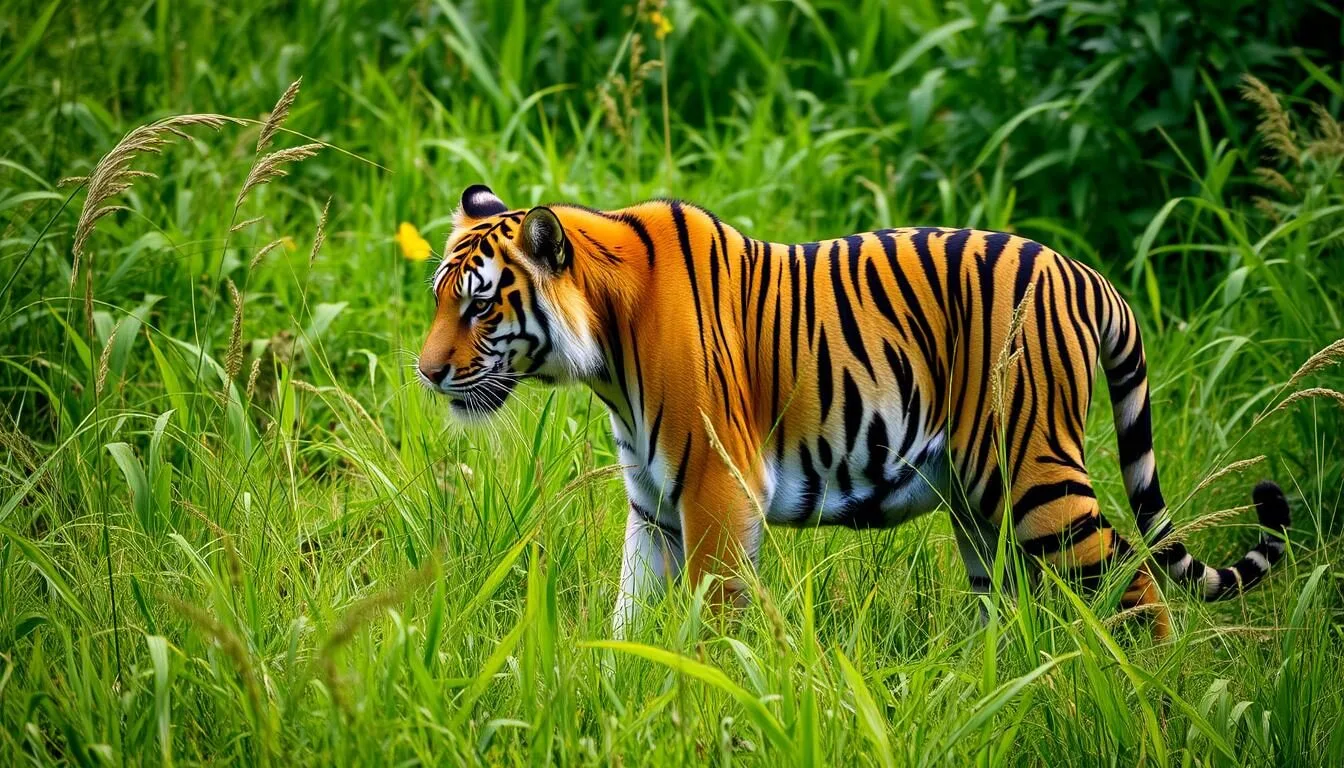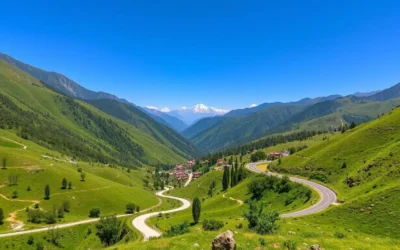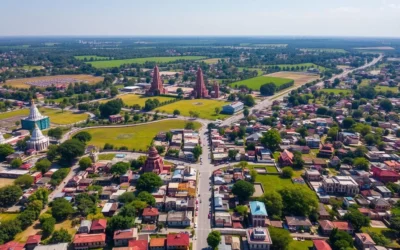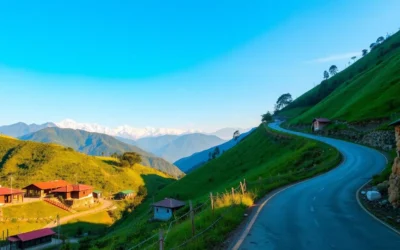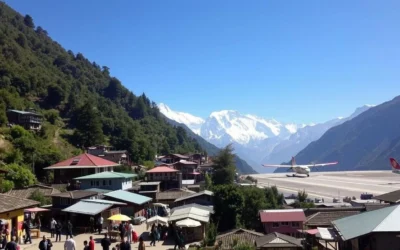✓ Accommodations✓ Flights✓ Rental Cars
Home to fewer than 50 of Nepal’s last wild Bengal tigers, Bardiya National Park offers an untamed wilderness experience across its 968 sq km territory. Unlike its more commercialized cousin Chitwan, Bardiya provides authentic jungle adventures with significantly fewer tourists, making wildlife encounters more intimate and rewarding. This pristine sanctuary in Nepal’s western Terai region awaits those seeking genuine wilderness immersion.
Getting to Bardiya National Park
Reaching this remote wilderness requires some planning, but the journey is well worth the effort. Most visitors access Bardiya through one of these routes:
By Air
The fastest route is flying from Kathmandu to Nepalgunj (1 hour), followed by a 2-3 hour drive to Thakurdwara, the main village outside the park. Daily flights operate but book early during peak season. to Nepalgunj typically cost between $100-150 one way.
By Road
For budget travelers, buses run from Kathmandu to Ambassa (12-15 hours) or directly to Thakurdwara when available. From Pokhara, the journey takes 10-12 hours. Consider breaking your journey with stops in Lumbini or Bandipur to make the long ride more enjoyable.
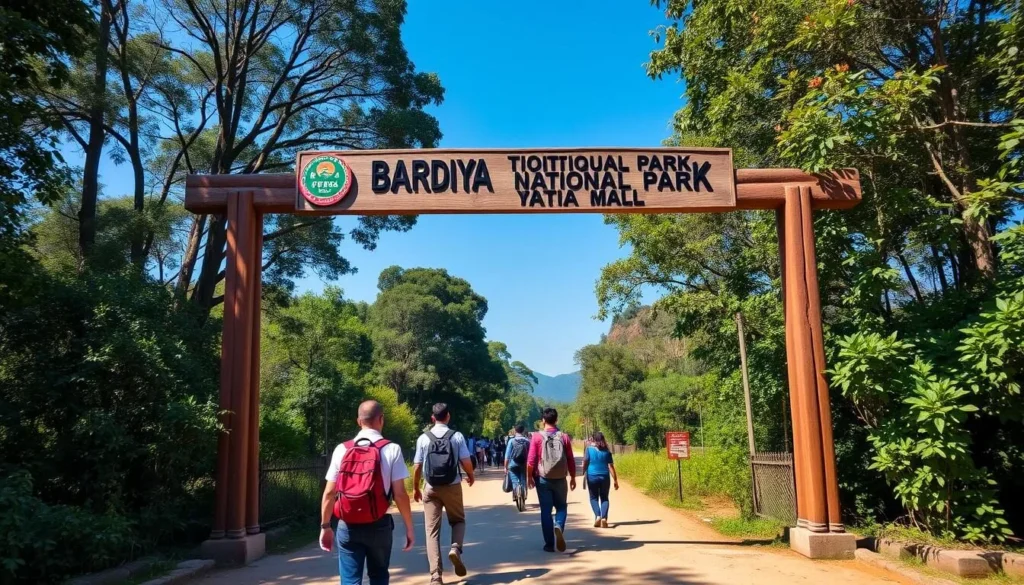
Ready to start your Bardiya adventure?
Book your flights to Nepal and begin your wildlife journey today.
Best Time to Visit Bardiya National Park
Timing your visit is crucial for maximizing wildlife sightings. While the park remains open year-round, certain seasons offer distinct advantages:
| Season | Months | Temperature | Wildlife Viewing | Conditions |
| Spring | March-May | 30-38°C (86-100°F) | Excellent | Hot, dry, animals gather at water sources |
| Summer/Monsoon | June-August | 22-32°C (71-90°F) | Limited | Rainy, muddy trails, leeches present |
| Autumn | September-November | 16-30°C (61-86°F) | Very Good | Pleasant, clear visibility |
| Winter | December-February | 4-25°C (39-77°F) | Good for birds | Cool mornings, foggy, good for migratory birds |
Tiger Spotting Tip: February to July offers the best chance to see Royal Bengal tigers as they frequent water sources during the dry, hot season. Early mornings and late afternoons provide optimal viewing opportunities.
Top Things to Do in Bardiya National Park
Bardiya offers authentic wildlife experiences with fewer crowds than other parks. Here are the must-do activities during your visit:
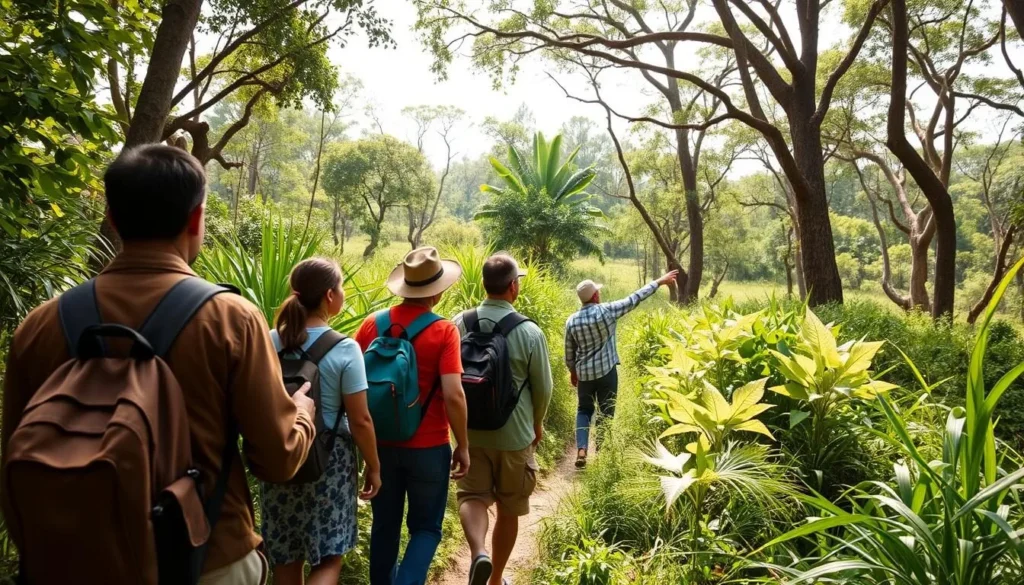
1. Jungle Walks
Unlike more commercialized parks, Bardiya offers genuine walking safaris deep into tiger territory. These guided treks range from half-day excursions to multi-day adventures with overnight camping. Walking silently through the jungle provides an intimate connection with nature and better chances of unexpected wildlife encounters.
Advantages
- More intimate wildlife viewing experience
- Better photography opportunities
- Lower environmental impact
- Ability to spot smaller creatures often missed from vehicles
Considerations
- Requires good physical fitness
- More exposure to heat and insects
- Potentially higher risk (always follow guide instructions)
- May involve longer periods without sightings
2. Jeep Safari
For those wanting to cover more ground, jeep safaris penetrate deeper into the park’s core areas where tigers frequently roam. These full-day excursions include packed lunches and offer excellent opportunities for photography from the safety of a vehicle.
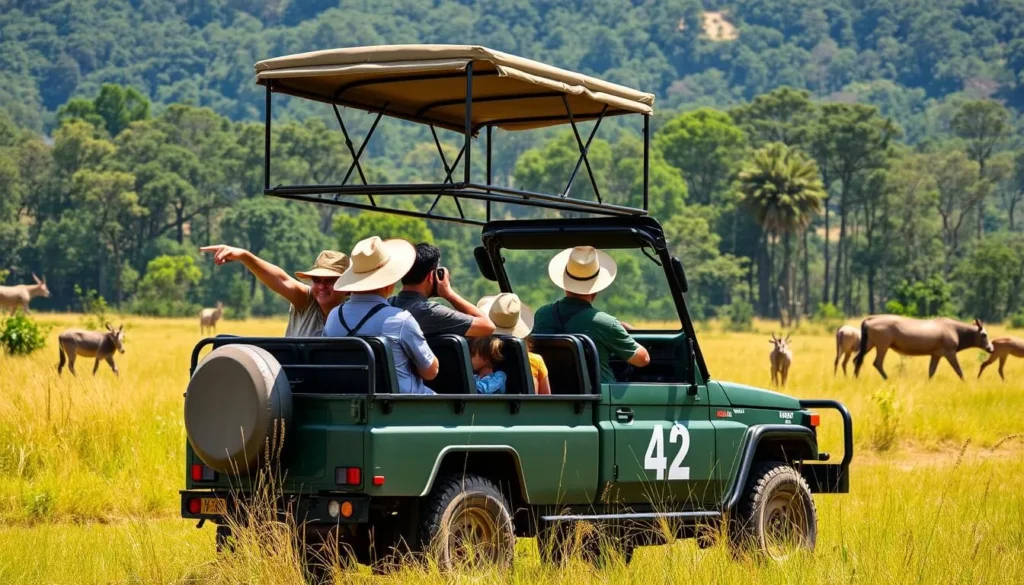
Experience the Wild Side of Nepal
Book your Bardiya jungle safari adventure with expert guides who know where to find elusive wildlife.
Book Safari Experience
3. River Boating and Rafting
The Karnali and Geruwa rivers offer excellent opportunities to spot wildlife from the water. Crocodiles bask on sandbars, while deer and occasionally tigers come to drink at the riverbanks. Lucky visitors might even spot the endangered Gangetic dolphin. Fishing expeditions for the golden mahseer can also be arranged.
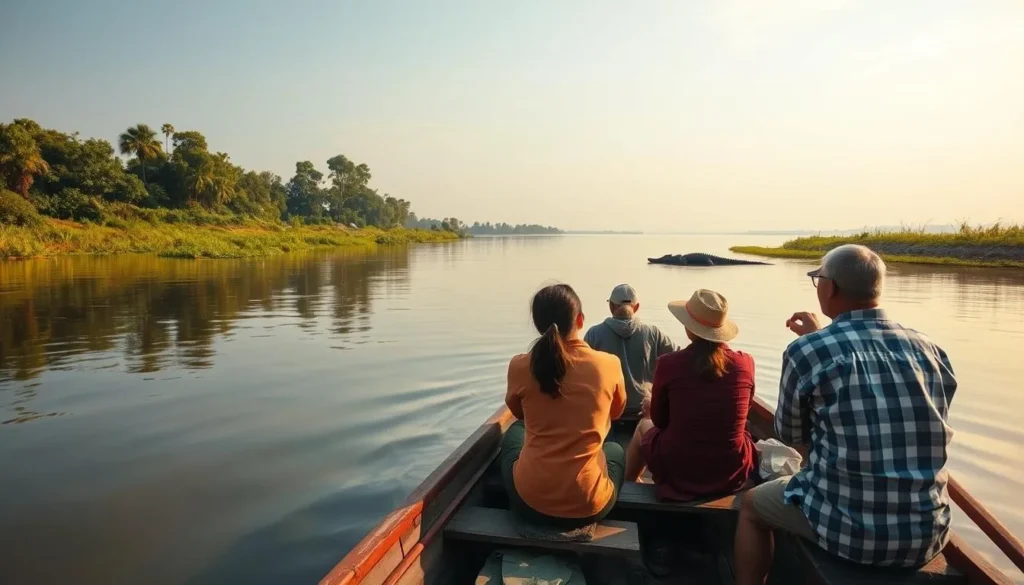
4. Bird Watching
With over 400 bird species, Bardiya is a paradise for birders. The Bengal florican, white-rumped vulture, bar-headed geese, and various kingfishers are just a few of the avian highlights. Early morning walks along the river or through grasslands yield the best sightings.
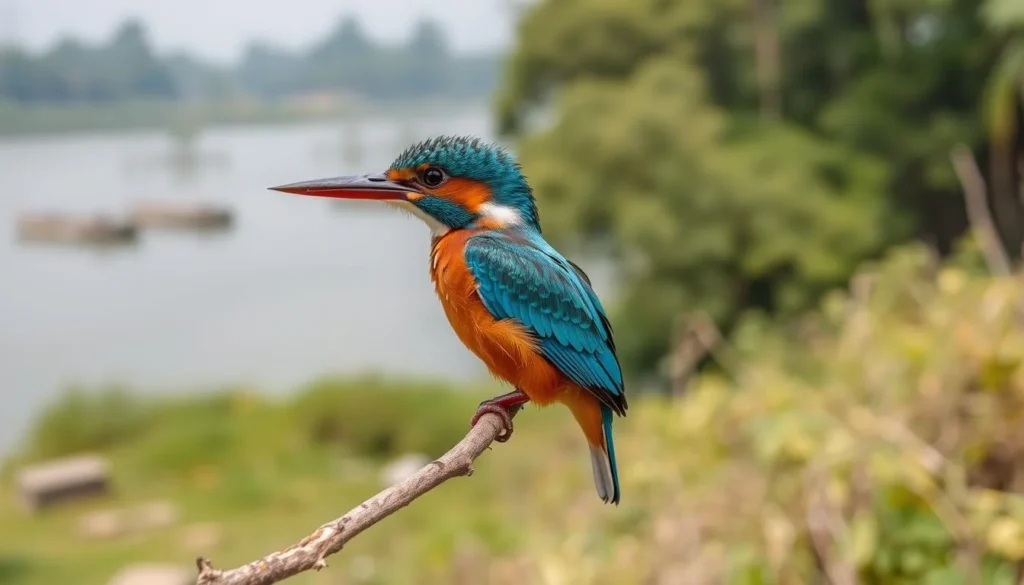
5. Overnight Jungle Camping
For the adventurous, spending a night in the jungle offers an unforgettable experience. Fall asleep to the sounds of the wild and wake to dawn chorus. Camps are typically set up near the Karnali River, where wildlife frequently comes to drink.
Stay Close to Nature
Find the perfect accommodation for your Bardiya adventure, from jungle lodges to riverside camps.
6. Visit the Breeding Centers
The park houses both crocodile and elephant breeding centers that offer educational insights into conservation efforts. The crocodile center focuses on the endangered gharial, while the elephant center provides information about these magnificent mammals that help patrol the park.
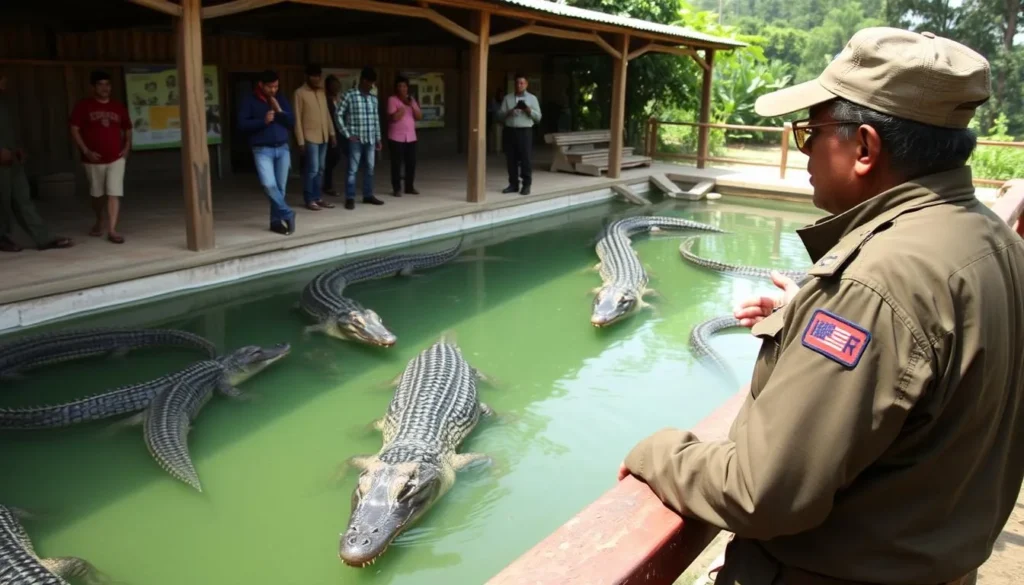
7. Tharu Cultural Experience
The indigenous Tharu people have lived alongside the jungle for centuries. Visit a traditional village to learn about their unique culture, sample local cuisine, and perhaps witness a stick dance performance. Many lodges can arrange authentic homestay experiences.
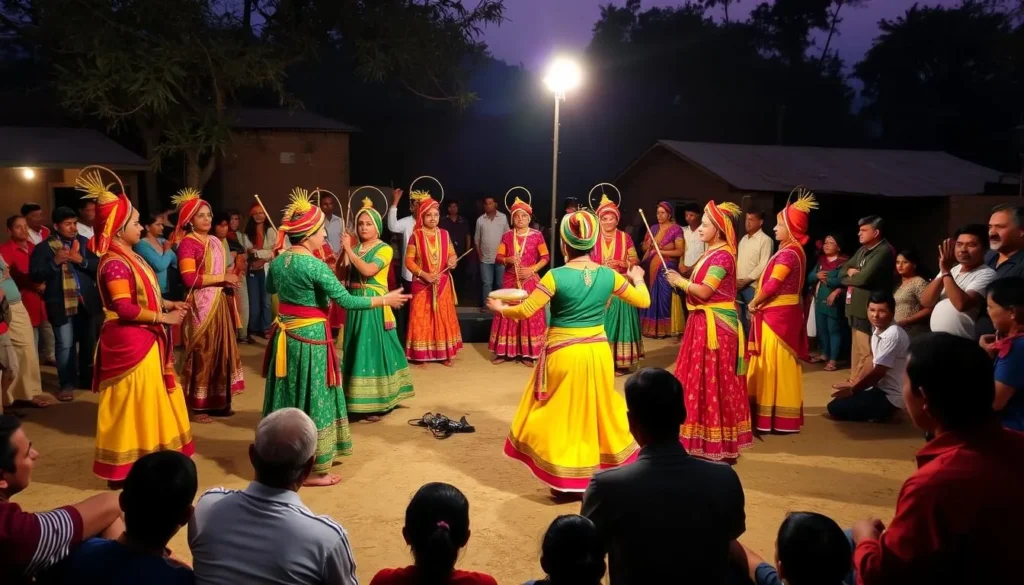
Wildlife You Can Spot in Bardiya
Bardiya’s diverse ecosystems support an impressive array of wildlife. Here are some of the key species to look for:
Mammals
- Royal Bengal Tiger
- One-horned Rhinoceros
- Wild Asian Elephant
- Swamp Deer
- Spotted Deer
- Hog Deer
- Leopard
- Sloth Bear
Birds
- Bengal Florican
- White-rumped Vulture
- Bar-headed Geese
- Kingfishers
- Crested Serpent Eagle
- Peacock
- Himalayan Flameblack
- White-browed Wagtail
Reptiles & Aquatic
- Gharial Crocodile
- Marsh Mugger Crocodile
- Python
- Monitor Lizard
- Gangetic Dolphin
- Golden Mahseer (fish)
- Goonch (fish)
- Various Turtle Species
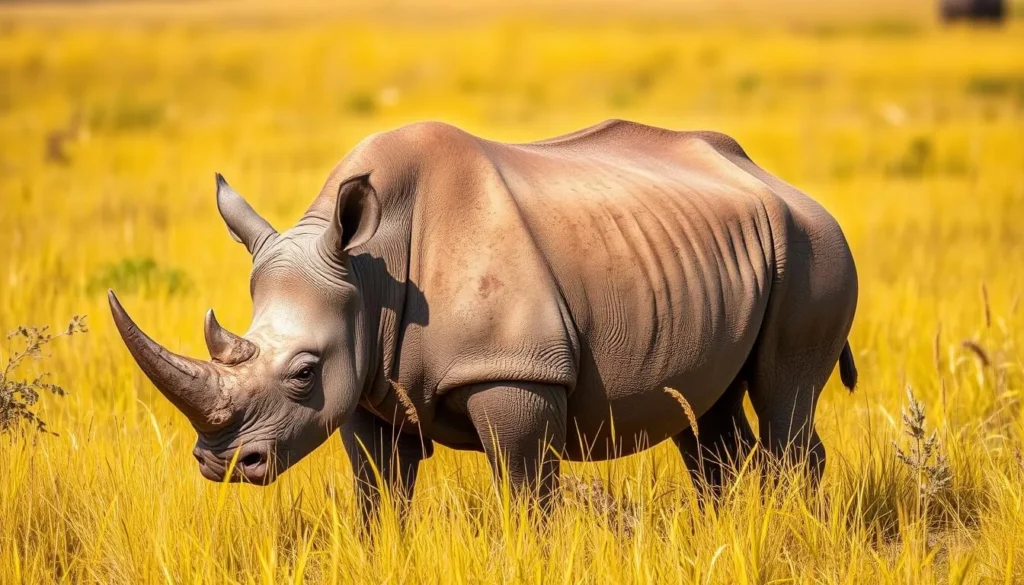
Conservation Note: Bardiya has seen remarkable success in tiger conservation, with numbers increasing in recent years. However, these magnificent creatures remain endangered, with poaching and habitat loss as ongoing threats. Your visit helps fund vital conservation efforts.
Practical Information for Visitors
Park Permits and Fees
Entry to Bardiya National Park requires an official permit, which costs 1,500 NPR (approximately $12 USD) per person per day for foreign visitors. These permits are available at the park headquarters in Thakurdwara. Remember that guides are mandatory for all jungle activities.
Where to Stay
Accommodation options range from basic guesthouses to mid-range resorts and a few luxury lodges. Most are located in or near Thakurdwara village, outside the park boundaries. Prices typically range from $10-20 for budget options to $100+ for luxury lodges.
Find Your Perfect Jungle Stay
From rustic eco-lodges to comfortable resorts, find the perfect base for your Bardiya adventure.
Getting Around
Most lodges arrange transportation from Nepalgunj or Ambassa. Within the Thakurdwara area, walking is the primary mode of transportation, though some lodges offer bicycle rentals. For exploring beyond the immediate area, consider arranging a rental car or hiring a local driver.
Safety Tips
- Always follow your guide’s instructions in the jungle
- Maintain a safe distance from all wildlife
- Never feed or approach animals
- Wear neutral-colored clothing (avoid bright colors)
- Bring insect repellent and sunscreen
- Stay hydrated, especially during hot months
- Avoid swimming in rivers (crocodiles are present)
- Bring a basic first aid kit
- Consider malaria prophylaxis during monsoon season
- Keep noise to a minimum during jungle activities
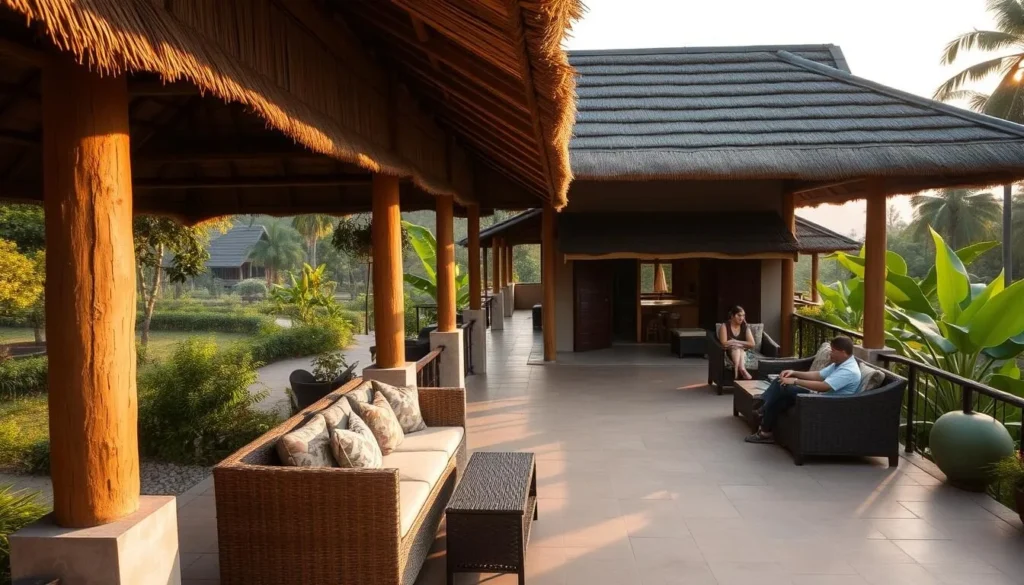
What to Pack
- Lightweight, neutral-colored clothing (long sleeves/pants recommended)
- Comfortable walking shoes or hiking boots
- Hat and sunglasses
- Binoculars for wildlife viewing
- Camera with zoom lens if possible
- Insect repellent and sunscreen
- Reusable water bottle
- Basic medications and first aid supplies
- Flashlight or headlamp (power outages are common)
Responsible Tourism in Bardiya
Bardiya National Park is a precious ecosystem that requires protection. Here’s how you can minimize your impact:
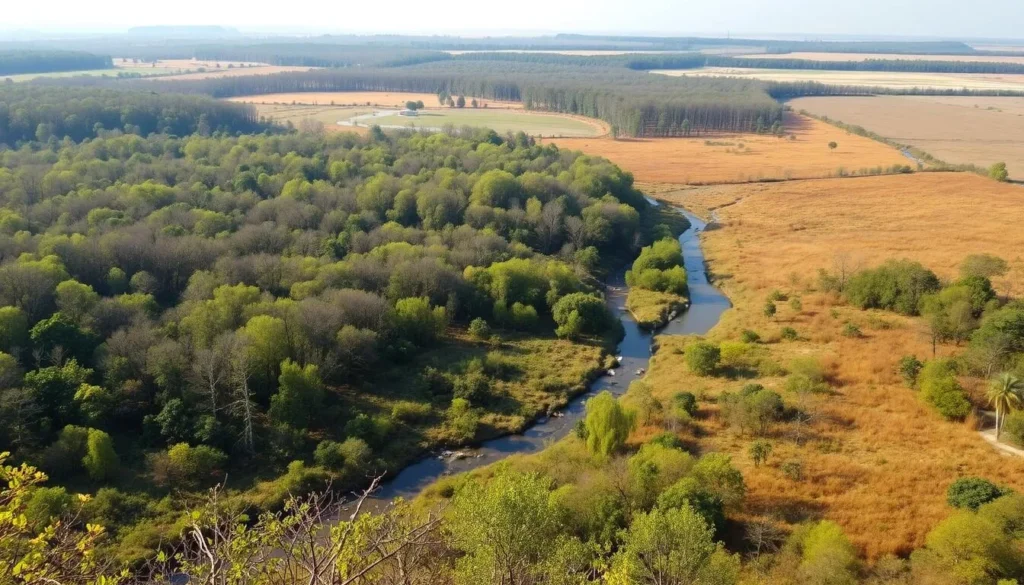
- Choose eco-friendly accommodations that practice sustainable operations
- Never litter – carry all trash out with you
- Respect wildlife by maintaining appropriate distances
- Support local communities by purchasing locally-made products
- Conserve water and electricity during your stay
- Follow all park rules and regulations
- Consider donating to local conservation initiatives
“Bardiya offers what few places in Asia can – a genuine wilderness experience where tigers still roam free and nature exists largely undisturbed by mass tourism. This is Nepal’s wild west, and it deserves our protection.”
Experience the Wild Heart of Nepal
Bardiya National Park represents one of Asia’s last great wilderness frontiers. With its healthy tiger population, diverse ecosystems, and authentic experiences, it offers adventurous travelers a glimpse into a world where nature still reigns supreme. Whether tracking tigers on foot, drifting silently down the Karnali River, or immersing yourself in Tharu culture, Bardiya promises memories that will last a lifetime.
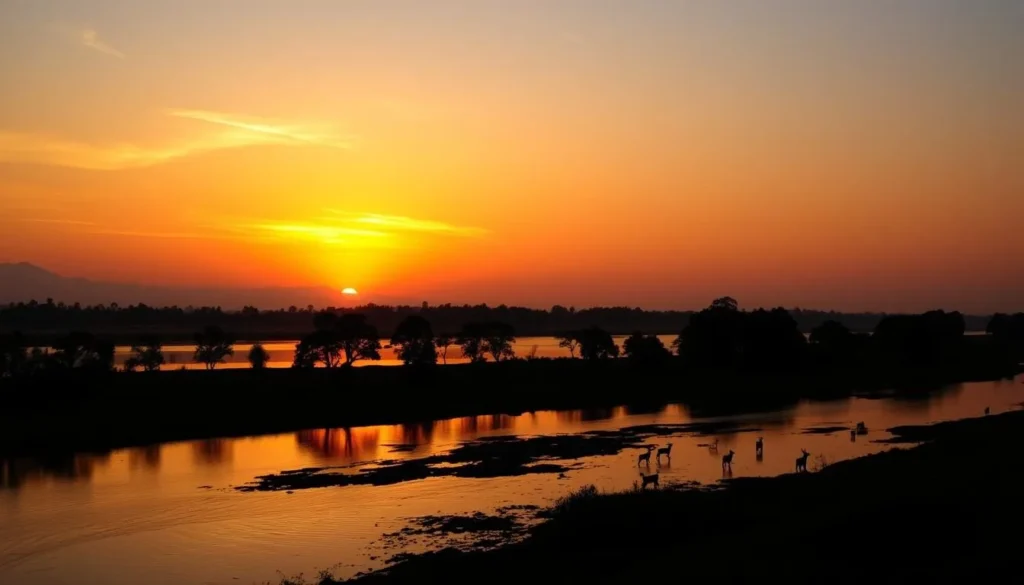
Ready for Your Bardiya Adventure?
Start planning your journey to one of Nepal’s most pristine wilderness areas.
—
The above is subject to change.
Check back often to TRAVEL.COM for the latest travel tips and deals.
